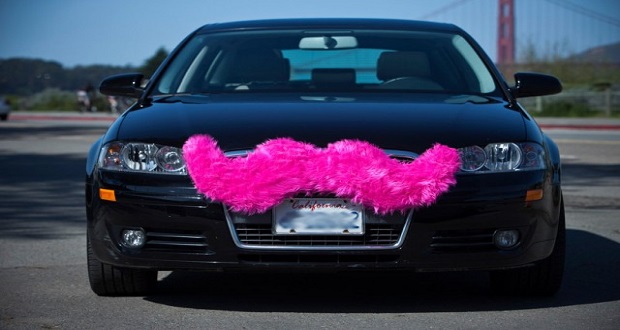
The title is admittedly an attempt at being catchy. But it’s not redundant. Diversity matters (its important) because it’s matter (material substance). I have written before about the importance of the physical dimensions of diversity: that the diversity that we talk about in the form of cultures and categories make their way into the material products and tangible organizations that we create. I admit the lines are blurry between the idea of race, and the very real bodies that are marked by racial characteristics. Our thoughts and beliefs are not disconnected from the world they point to. But there is something very different from talking about diversity as demographic statistics and organizational policies on the one hand, and the real manifestations of those figures on the other. I have always been a hands-on learner so the proof is always in the pudding for me. Material examples keep lofty ideas from floating away—they give me something to grasp.
One of my new favorite examples of diversity in practice is Lyft—one of the newest players in the ride-sharing, alternative taxi industry. If you’ve never heard of them, they’re similar to Uber, in fact almost identical, with one glaring difference—an explicit commitment to diversity throughout the organization. In fact, they’ve been making waves in the headlines and popular media for their commitment to having women in leadership—which shines even brighter in the male dominated tech industry. Lyft boasts that 50% of their top executives are women—something that they believe deeply shapes the nature of their business. This obvious gender diversity was no accident. Lyft has been loud and bold about their diversity focus since the beginning—even down to their logo, a bright pink mustache (a kind of in-your-face appropriation of a masculine symbol).
So why does all of this matter?
Because it’s a physical manifestation (matter) of diversity principles in practice—you can see it, touch it, and experience it. There are still many who think about diversity in terms of laws and policies, assuming that markers of difference go no deeper than the skin. But we all know that our racial (physical) bodies point to something deeper about us. It’s why we can tangibly expect to see an organization run by women look very different than one predominantly run by men. Lyft is proof of what that might look like.
Although they are relatively new—and the verdict is still out if they can compete with the much larger Uber—there are early signs of the inclusive culture changing the nature of their product. The emphasis on diversity and customer service created an unexpected appeal to a large deaf-driver population in San Francisco. They are also leading the way in the growing trend of ride-sharing—it’s even built into their mission statement. The idea is to encourage community in neighborhoods while keeping more cars (and emissions) off of the streets. This is the way so much of the world travels—side by side with neighbors and strangers alike. As an avid traveler, I appreciate this attempt at bringing this trend to the States.
Now, couldn’t these inclusive, and gendered, changes have come from a less inclusive company as well—even Uber? Maybe. But it hasn’t. I think it’s a direct result of a bold commitment to inclusion—by mostly female leadership. We can talk about diversity all day long, but it really matters when it’s matter.


















